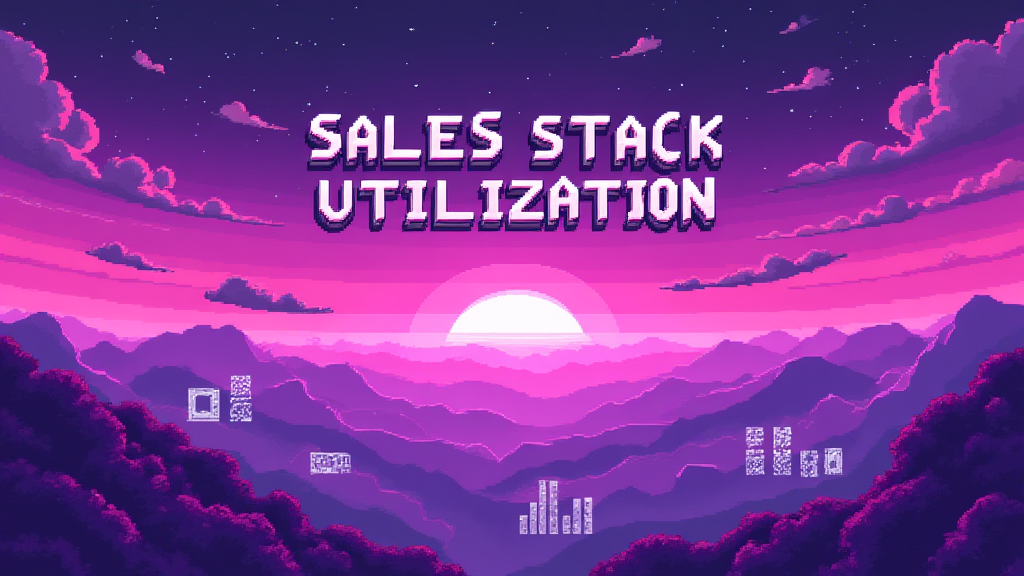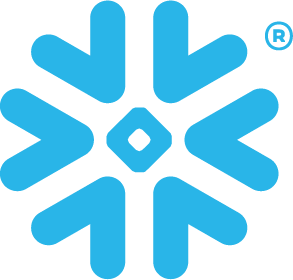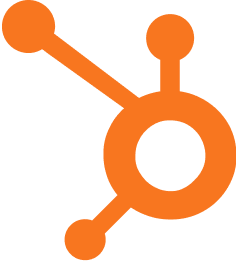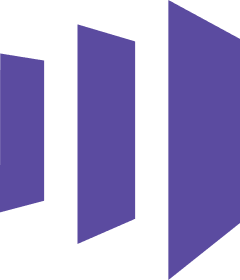Maximizing Sales Stack Utilization for Success

Published on: October 01, 2024
Sales Stack Utilization refers to the effective use and integration of various sales tools and technologies within an organization's sales process. It involves leveraging the full potential of the sales technology stack to optimize sales performance, streamline workflows, and drive revenue growth.
In today's competitive business landscape, having a robust sales stack is crucial for success. However, simply having the tools isn't enough; it's essential to maximize their utilization to achieve the best results. Let's explore the key aspects of Sales Stack Utilization and how it can transform your sales operations.
🔑 Key Components of Sales Stack Utilization
An effective sales stack typically includes the following components:
- Customer Relationship Management (CRM) system
- Sales Intelligence tools
- Email automation software
- Sales engagement platforms
- Analytics and reporting tools
- Video conferencing and communication tools
💡 Benefits of Optimizing Sales Stack Utilization
When properly utilized, a sales stack can provide numerous benefits:
- Increased productivity and efficiency
- Improved lead quality and conversion rates
- Enhanced customer engagement and satisfaction
- Better data-driven decision making
- Streamlined sales processes and workflows
- Improved collaboration among team members
📊 Measuring Sales Stack Utilization
To ensure optimal utilization of your sales stack, it's important to track key metrics such as:
- Tool adoption rates
- Time saved on manual tasks
- Increase in sales productivity
- ROI of sales technology investments
- Impact on conversion rates and revenue
🚀 Best Practices for Maximizing Sales Stack Utilization
- Provide comprehensive training: Ensure your sales team is well-versed in using all the tools in your stack.
- Integrate your tools: Connect different components of your sales stack for seamless data flow and improved efficiency.
- Regularly evaluate and optimize: Continuously assess the performance of your sales stack and make necessary adjustments.
- Encourage adoption: Create incentives for your team to fully utilize the available tools.
- Align with sales processes: Ensure your sales stack supports and enhances your existing sales methodologies.
🤔 Common Challenges in Sales Stack Utilization
While implementing and optimizing a sales stack can be highly beneficial, organizations often face challenges such as:
- Resistance to change from sales team members
- Difficulty in integrating multiple tools
- Overwhelming amount of data and features
- Ensuring data accuracy and consistency across platforms
- Balancing automation with personalization
🎯 The Future of Sales Stack Utilization
As technology continues to evolve, the future of sales stack utilization looks promising. Some trends to watch out for include:
- Increased use of AI and machine learning for predictive analytics
- Greater emphasis on mobile-friendly sales tools
- Integration of virtual and augmented reality in sales processes
- Enhanced focus on data privacy and security
- More personalized and contextual sales experiences
In conclusion, maximizing Sales Stack Utilization is crucial for modern sales teams to stay competitive and drive growth. By effectively leveraging your sales technology stack, you can streamline processes, improve productivity, and ultimately boost your bottom line.
To implement this in your own Sales or Marketing Stack, ask yourself:
- How well are we currently utilizing our existing sales tools?
- Are there any gaps in our sales stack that need to be addressed?
- How can we better integrate our various sales technologies?
- What training or resources do our team members need to maximize tool utilization?
- How can we measure and improve our Sales Stack Utilization over time?
For further insights, check out our articles on sales mix analysis and total sales volume.
















